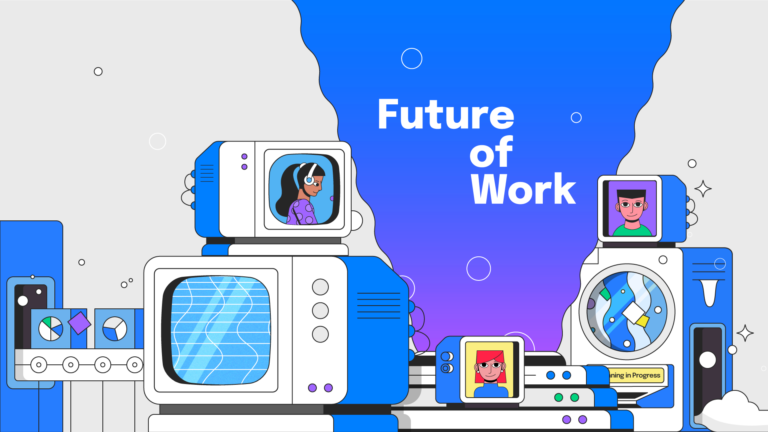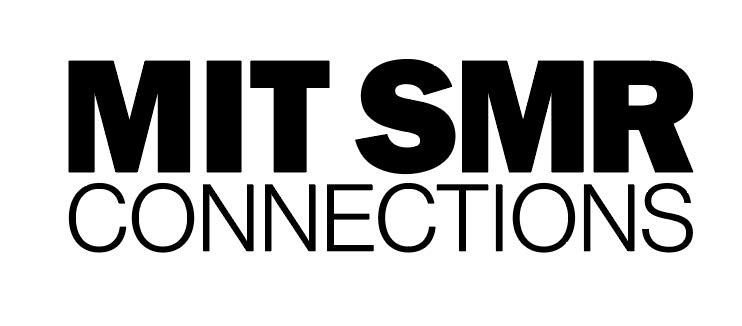Patrick Pichette, former CFO of Google, was already at the top of his game when the company recruited him. Pichette was a catch: a blue-chip CFO twice over. He’d served as chief financial officer at the telecom giant Bell Canada, then at McKinsey & Company. Now Google was knocking. Surely the world’s No. 3 tech company would be the capstone of Pichette’s career?
“The job was not what I wanted at all,” Pichette told me.
CEO Eric Schmidt knew why Pichette was hesitant to take the job. Google’s cultural cachet was lost on him—just another same-old CFO gig. Characteristically blunt, Schmidt said “Well, we have a real problem, Patrick. After eighteen months you’ll be totally bored, and you’re going to go and do something else. I’ll tell you what—” Schmidt said—“I’ll hire you as CFO[…]and every time it looks like you are about to lose interest, I’m going to add stuff onto your plate.”
Schmidt made good on his threat. “That’s how I ended up with finance,” Pichette told me, “organization, the people operations, the real estate, all the employee services, Google Fiber, Google.org…”
Was this the typical CFO task list? Decidedly not. But Schmidt was savvy. He knew that keeping Pichette engaged meant keeping him learning. Schmidt purposely disrupted Pichette because, like all good leaders, Schmidt understood that learning is a disruptive process. He forced Pichette to switch up his workstyle. He pushed him outside his comfort zone. Patrick Pichette spent seven incredible years at Google, learning new skills, growing the company, growing as an individual too.
So how do you hire the next Patrick Pichette? More important: how do you keep your top talent from getting restless; with our economy in recovery and experienced professionals in high demand? A CEO like Schmidt could leverage his personal touch. But, in the wake of COVID, your office might be impersonal like never before—transformed into a hybrid of video conference invites and thinly-populated cubicles. “Social distancing” says it all. Your team is distant. Your onboarding has moved online. The metaphorical water cooler is gathering dust.
Hybrid recruiting (or “we want to WFH”). Hiring experts agree it’s a sellers’ market for job applicants right now. “The competition for the best talent just got harder,” said Mike Weideman, Global Human Resources Solutions Director for the Dow Chemical company. “[It] will continue to do so as we come out of the pandemic into a world where more companies allow employees hybrid work models, or even work-from-anywhere models.” Weideman’s outlook is becoming commonplace across the business spectrum. Recruiters have to cope with the new normal: an overwhelming percentage of applicants now expect to work from home at least part of the time.
Their incentives are unmistakable. FlexJobs reports that remote workers earn more money on average, are predominantly happier with their jobs, are more productive, save more money, have better mental health—and they definitely aren’t pining for all the office politics. Companies need to develop a more flexible workstyle if they hope to adapt to job candidates’ changing expectations. Said Weideman, “This will be more about culture than policy.”
Which jobs are going hybrid? Short answer: a lot of critical ones. Many of these will be the nuts-and-bolts employees who keep your company running: sales, IT, programming, customer service, technical writing, accounting, data entry and more are moving online. These were the positions already poised to go virtual before COVID struck. Now it’s snowballing. Best practice for HR is to assume that any job that can go online will go online—or at least in part.
That’s not all bad news. “Tech roles have benefited from hiring remote,” said Bonnie Pattee, Chief Human Resources Officer at Western Governors University (WGU). And hybridization can go right to the top. “[WGU] leaders have not had an in-office role since March 2020,” Pattee told me. “We have had leaders specifically ask to find talent outside of our main locations in order to expand and diversify our talent pools.” WGU demonstrates a two-prong response to hybridization: (1) grow your people internally; and (2) set your company up for further growth by recruiting diverse talent.
Remote workers will inevitably require remote vetting and onboarding. When I talked to Sherry Olson, VP of HR at WEX Health, I asked how they’re dealing with new hires they may never meet face to face. Olson told me WEX Health was fortunate to be ahead of the curve before COVID happened. In 2019 their home bases of Fargo (N. Dakota) and Minneapolis (Minnesota) were already tapped out, so they took some of their office online. “We decided to do a 100-mile radius around key populations,” Olson said. “We didn’t know our pilot would become the reality.” Olson advises that even when the platform changes, the essential question remains the same: does the candidate have the right experience? “For hybrid work, we look for people who are savvy at working remotely. We believe in behavioral-based interviewing. If people have been able to work remotely in the past, have an appetite for change, are comfortable with the technology, and are good communicators, those are the criteria.”
When home office becomes homepage. Your online bona fides will be essential to attracting top applicants when (a) they have enough options to be choosy; and (b) they come to the interview expecting the hybrid workstyle. Impressive corporate offices don’t mean much to candidates who will rarely if ever see them. A smart IT to-do list might read #1, create an elegant web presence; #2 set up a seamless, cloud-based office platform.” Part of the onboarding process, Sherry Olson says, is “make sure that hybrid work works. We need to make sure they have the right access to technology, that WebEx is working, the screen displays, they can log in, get access to applications—basic stuff.” Here again, WEX Health was ahead of the crisis. “We always had great IT practices,” Olson said. “Everyone has a laptop. So when we had 1 ½ weeks to get everyone home, we already had the infrastructure in place.”
Disruption does not equal disadvantage. Staying competitive means staying abreast of the hybrid revolution. Many of your competitors can and will. “And as we move forward,” Mike Weideman told me, “we will be presented with situations where companies may lose.” Productivity suffers when companies get panned by top talent, or when existing talent gets disengaged from their teams. Weideman wasn’t the only one to tell me that visibility bias is becoming a major threat; in other words, part of the team is onsite, part of the team is on video, all of the team is assuming that the onsite crew are the company favorites. Dow is determined not to let bias undermine collaboration. “We are putting together an extensive change management program for both our leaders and employees to ensure that we are staying inclusive and connected.”
Chief Human Resources Officer Dave Walker of 1-800-Contacts says ditto on avoiding visibility bias. But Walker points out a fact other managers could miss: inclusivity goes both ways. The physical office is just as vulnerable to feeling disconnected when their floor thins out. 1-800-Contacts is fighting back with their Tuesday office-wide rendezvous, where they bring in mental health professionals, start board game battles, play Disney trivia, host time management workshops and more.
Ironically, Walker told me, recruiting and retention have never been better. “We are getting amazing people during the pandemic. I don’t know if it is because we were hiring or our reputation. We brought on really good people. We did have a competitive advantage.” WEX Health had a similar experience, according to Sherry Olson. Olson said turnover was low in 2020. Some of this could be chalked up to the bleak economic climate, but “absenteeism was also low. People who had a sick child could still work. Or if they themselves didn’t feel well, they could still get something done.” Smart companies can add value, edge out competitors, or create new efficiencies, even when the paradigm radically shifts.
Recruit. Retain. Repeat. March 2020 feels like a century ago. So much has changed. But even if your office has gone hybrid, your employees are still garden variety. New hires still need coaching to grow into the job. Experts still need to stay engaged. They need a nudge to jump in place, to upskill, to take on a Pichette-style plate of new challenges.
HROs have to break through the hybrid barrier if they want to recruit, retain, and repeat. And if you think you might have some flight risks in the org chart, Step 1 is to pinpoint which employees are in the early stages of their on-the-job S Curve of Learning. Step 2: which employees have already conquered their jobs. When I coach executives, I teach that early learners and skilled experts generally represent 15% of your workforce respectively—in other words, 30% of your employees need extra-watchful care. Your experts are more likely to be getting bored and disengaged—their work becoming automatic, no more room to grow. Meanwhile your early learners are experiencing the inertia of gaining competence in unfamiliar tasks, often at a physical distance. They have yet to forge personal relationships within the company; thus they are more likely to think they don’t belong. Turnover is lurking.
ATTN: HR. Re: hybrid. To-do list: (1) streamline online vetting and onboarding; (2) get remote work to work; and (3) encourage inclusivity. Rise to the challenge of fostering group identity among team members who rarely (or never) meet each other in the flesh.
Because we all need to be needed. Because some things never change.





